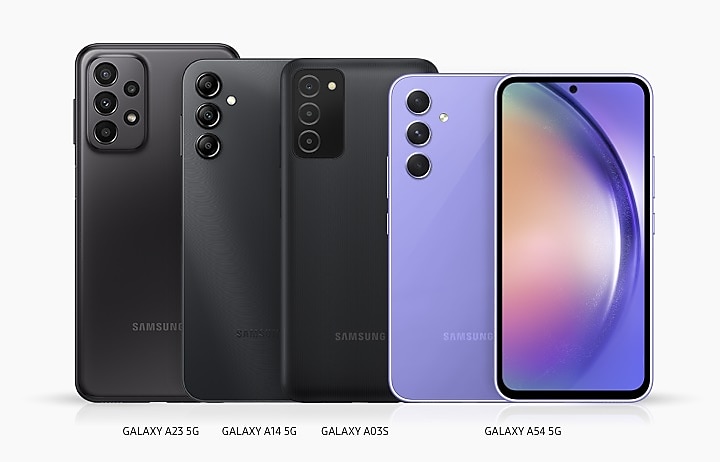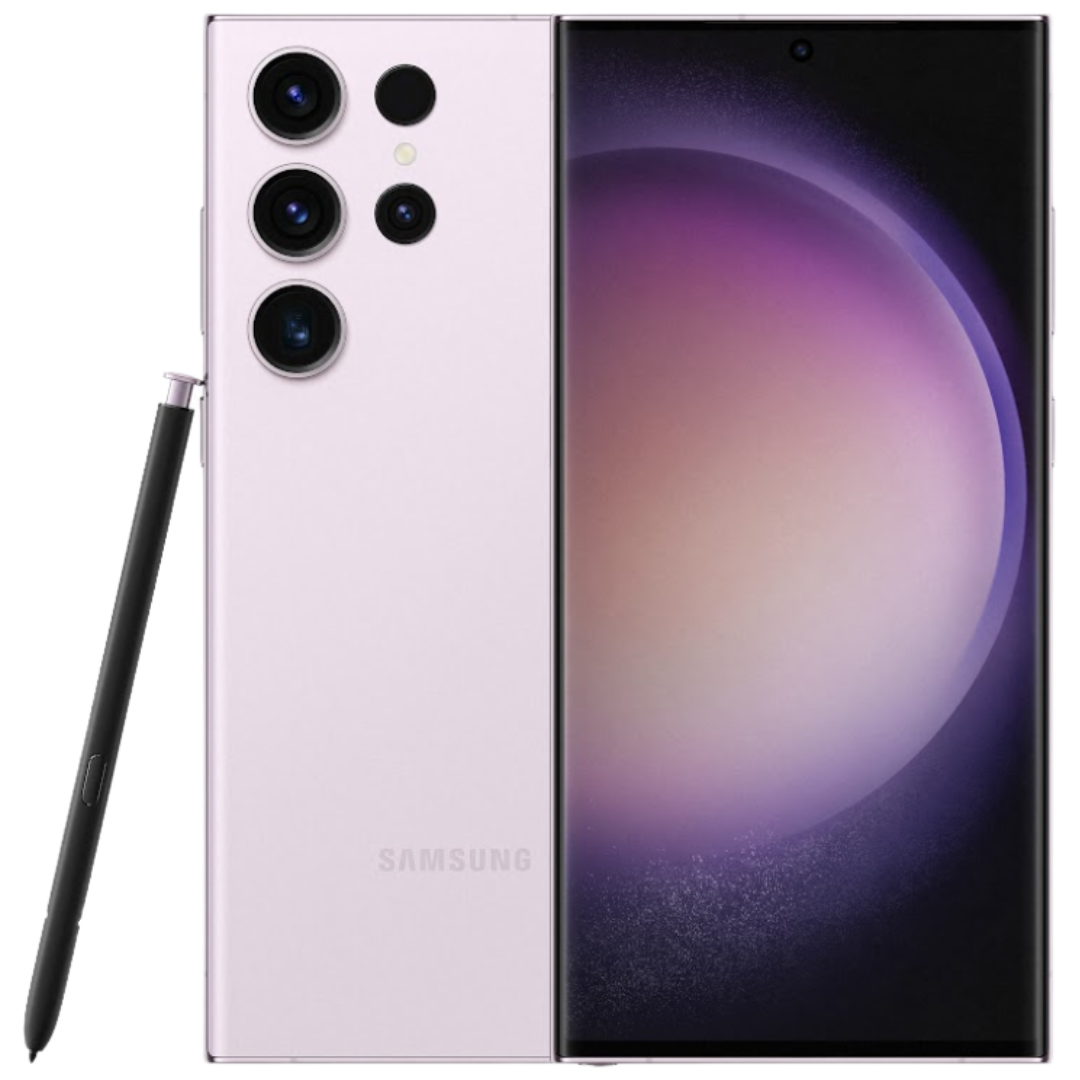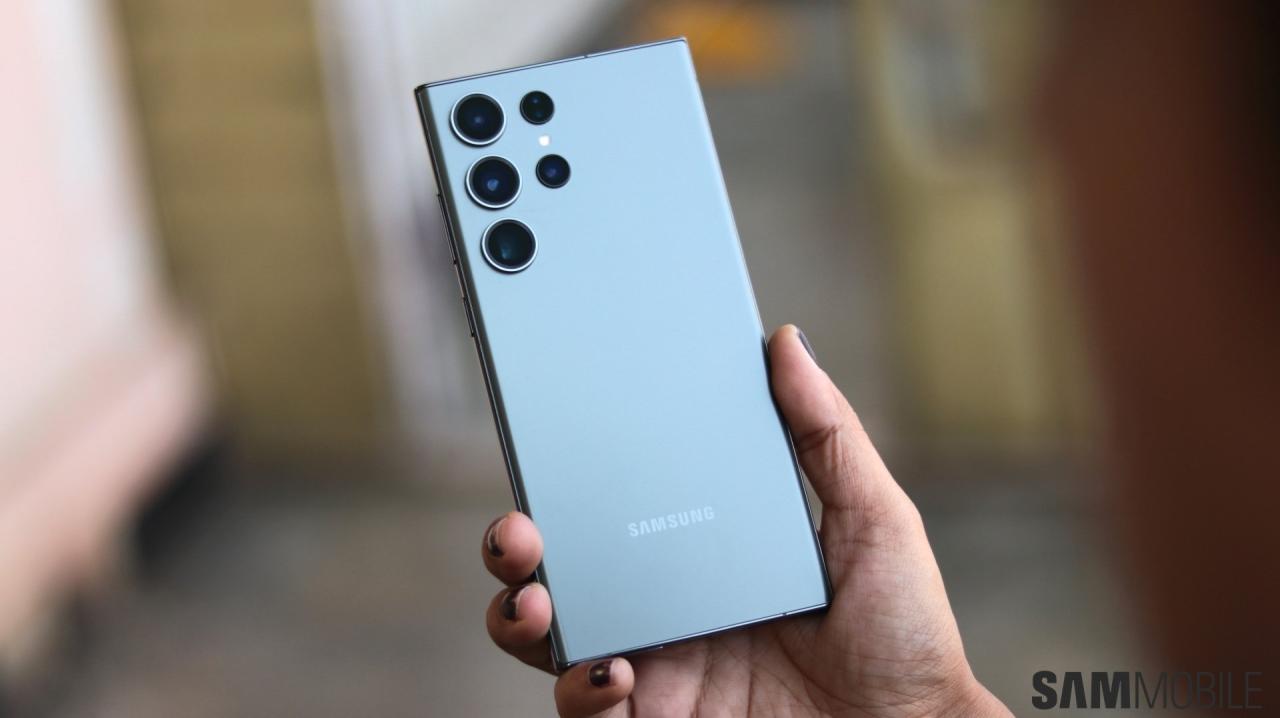samsung note7 stands as a pivotal chapter in smartphone history, representing both cutting-edge technology and significant challenges. Launched with great anticipation, the Note7 was equipped with impressive features that captivated consumers, yet it soon became infamous for safety concerns that would lead to a major recall. This dual narrative of innovation and adversity showcases the complexities of modern technology and consumer expectations.
The Samsung Note7 was designed with a stunning display, advanced camera capabilities, and a powerful battery, making it a strong contender in the competitive smartphone market. However, the initial excitement quickly turned into alarm as reports of battery malfunctions surfaced, prompting discussions about safety standards and corporate responsibility.
Overview of Samsung Note7
The Samsung Note7 was launched in August 2016 as the latest iteration in Samsung’s popular Note series, designed for those who seek productivity and creativity in a smartphone. It combined premium features with high-end specifications, catering to a user base that wanted more than just basic functionality from their mobile devices.
The device came equipped with a 5.7-inch Quad HD Super AMOLED display, boasting vibrant colors and deep blacks that provided an exceptional viewing experience. Powered by either the Qualcomm Snapdragon 820 or the Exynos 8890 processor, depending on the region, it offered high performance for multitasking and gaming. The Note7 featured 4GB of RAM and storage options of either 64GB or 128GB, expandable via microSD. Another notable aspect was its 12MP dual-pixel rear camera, which delivered impressive low-light performance, alongside a 5MP front-facing camera for selfies. Additionally, it had a 3,500 mAh battery, which supported fast charging and wireless charging capabilities, enhancing user convenience.
Historical Context of the Device’s Launch
The launch of the Samsung Note7 was significant not only due to its advanced features but also because it represented a critical moment for Samsung in the competitive smartphone market. Positioned as a direct competitor to Apple’s iPhone series, the Note7 aimed to capture market share among professionals and tech-savvy users who appreciate large screens and stylus functionality. The release came at a time when the smartphone industry was experiencing rapid innovation and user demands were evolving, pushing manufacturers to deliver devices that could cater to a wide range of activities, from productivity to entertainment.
The initial reception of the Samsung Note7 was overwhelmingly positive. Early reviews praised its design, which featured a glass and metal body that exuded premium quality. The S Pen stylus was improved with features like screen-off memo and enhanced pressure sensitivity, making it a favorite among creative professionals. Critics highlighted the device’s excellent display quality and overall performance, establishing it as one of the top smartphones of 2016. As a testament to its initial success, Samsung reported strong pre-order numbers, indicating high consumer interest in the device prior to its launch.
Battery Issues and Recall

The Samsung Galaxy Note7 was launched to widespread acclaim, showcasing advanced features and innovative technology. However, it soon became embroiled in controversy due to serious battery issues that led to a massive recall. Understanding the factors that contributed to these problems is crucial for evaluating the impact on both the brand and its customer base.
The battery issues stemmed primarily from manufacturing defects within the lithium-ion batteries produced by Samsung SDI and a second supplier, Amperex Technology Limited (ATL). These defects created problems like overheating and spontaneous combustion. In a small number of cases, the batteries were found to have internal short circuits due to irregularities in the battery casing or separator. The situation escalated when reports of fires and explosions emerged, prompting Samsung to initiate a global recall of the Note7 devices.
Company’s Response and Safety Measures, Samsung note7
In response to the growing safety concerns, Samsung took immediate action to ensure customer safety and restore confidence in their brand. The company’s response plan was multifaceted and included the following steps:
- Announcement of a voluntary recall for the Galaxy Note7, affecting millions of devices worldwide.
- Collaboration with regulatory agencies like the U.S. Consumer Product Safety Commission (CPSC) to facilitate the return and exchange of affected devices.
- Implementation of a change program that allowed users to exchange their potentially dangerous devices for a new model or a full refund.
- Enhancing safety measures by instituting rigorous quality control protocols in the battery manufacturing process.
- Launching a thorough investigation into the root causes of the battery failures, leading to partnerships with independent organizations for a comprehensive analysis.
The implications of the recall were significant. Samsung’s reputation took a considerable hit, with many consumers questioning the reliability and safety of its products. Sales plummeted, and the company faced billions in losses, estimated at around $5.3 billion. This incident marked one of the most challenging crises in Samsung’s history, leading to heightened scrutiny from consumers and regulators alike. To mitigate the fallout, Samsung has since worked diligently to rebuild its brand image, focusing on quality assurance and transparency in its operations.
“The Galaxy Note7 saga serves as a critical lesson in the importance of product safety and quality control in technology manufacturing.”
Impact on Future Smartphone Development

The Samsung Note7 incident had far-reaching consequences not just for the company but for the entire smartphone industry. The crisis highlighted critical weaknesses in battery design and safety protocols, leading to significant changes in manufacturing standards and practices. As smartphone technology continues to evolve, the lessons learned from this event have influenced safety regulations, inspired advancements in battery technology, and shaped future design philosophies among manufacturers.
Influence on Safety Regulations
The Note7 battery crisis underscored the necessity for stricter safety regulations in smartphone manufacturing. In response, various regulatory bodies and industry organizations initiated comprehensive reviews of existing guidelines. Key advancements include:
- Establishment of enhanced testing protocols, specifically focusing on thermal and electrical safety during battery production.
- Implementation of mandatory safety certifications, such as those by Underwriters Laboratories (UL), for lithium-ion batteries used in consumer electronics.
- Increased transparency requirements, compelling manufacturers to disclose detailed information about battery sourcing and safety testing results.
These measures signify a collective effort to prevent similar incidents in the future, ensuring consumer safety as a priority.
Technological Advancements in Battery Design
Following the Note7 debacle, smartphone manufacturers swiftly advanced their battery technologies to bolster safety and reliability. Notable developments include:
- Adoption of multi-layer safety mechanisms, such as thermal fuses and pressure sensors, to detect and mitigate potential hazards.
- Investment in solid-state batteries, which promise higher energy density and reduced risk of leaks or explosions compared to traditional lithium-ion batteries.
- Implementation of software controls that monitor battery health and performance, allowing for real-time adjustments to charging practices and usage patterns.
These innovations illustrate a commitment to exceeding safety standards and enhancing consumer trust in mobile devices.
Lessons Learned by Samsung and Competitors
The Note7 incident served as a pivotal learning moment for Samsung and its competitors, prompting several strategic shifts in product development. Key lessons include:
- Prioritizing comprehensive pre-launch testing, including real-world usage simulations, to identify potential flaws before products reach the market.
- Enhancing the collaboration between hardware and software teams to create integrated safety solutions that address various failure modes.
- Establishing rapid response protocols for addressing safety concerns, enabling swift communications and actions in the event of product anomalies.
These adaptations not only improved product safety but also reshaped corporate cultures across the industry, reinforcing the importance of accountability and diligence in product development.
Consumer Sentiment and Brand Loyalty

The Samsung Note7 crisis marked a pivotal moment in the landscape of consumer technology, dramatically influencing public sentiment toward the Samsung brand. In the wake of the battery issues that led to the infamous recall, consumer trust faced a significant challenge. The reputational damage inflicted by the incident posed questions about the long-term implications for brand loyalty among Samsung users and potential customers alike.
To navigate through the aftermath of the Note7 crisis, Samsung embarked on a multi-faceted approach aimed at restoring consumer confidence. The company implemented rigorous quality control measures and transparency in communication to address public concerns. One of the key initiatives was the establishment of a comprehensive customer service program, which included dedicated support lines for affected users, allowing them to express their grievances and receive timely assistance. Furthermore, Samsung engaged in extensive public relations efforts, including advertising campaigns that highlighted the safety features and innovations in subsequent devices, aiming to reassure consumers of the brand’s commitment to quality.
Impact of Social Media and Public Perception
Social media played a crucial role in shaping consumer attitudes toward Samsung following the Note7 incident, serving as both a platform for criticism and a means of feedback. The immediacy and reach of social media allowed consumers to voice their concerns, share experiences, and spread awareness about the recall, significantly amplifying the crisis’s impact on brand perception.
The aftermath saw various trends emerge on social media platforms. Users expressed their disappointment through posts, memes, and videos, often highlighting their experiences with the Note7. This wave of negative sentiment had the potential to deter prospective buyers. However, it also provided Samsung with valuable insights into consumer expectations and concerns regarding product safety.
To counteract the adverse effects on its brand image, Samsung focused on rebuilding its reputation through social media engagement. The company utilized these platforms to communicate directly with consumers, sharing updates about safety measures and innovations in its new devices.
Key strategies included the use of:
- Transparent Communication: Regular updates about safety checks and improvements in newer models were shared across platforms.
- User Engagement: Samsung actively responded to consumer inquiries and concerns, demonstrating its commitment to addressing issues.
- Influencer Collaborations: The brand partnered with tech influencers to promote its latest products, leveraging their credibility to rebuild trust.
- Customer-Centric Campaigns: Marketing strategies focused on consumer feedback, emphasizing Samsung’s dedication to user safety and satisfaction.
Through these concerted efforts, Samsung sought to transform the narrative around its brand from one of crisis to one of resilience and innovation. The trajectory of consumer sentiment reflects a complex relationship with the brand, where past missteps have necessitated a renewed focus on trust-building. The Note7 incident has undeniably left an imprint on Samsung’s brand loyalty, yet the company’s proactive measures in restoring consumer confidence showcase a commitment to learn from its past while looking toward a safer and more reliable future in the tech industry.
Question & Answer Hub
What were the key features of the samsung note7?
The samsung note7 featured a 5.7-inch Super AMOLED display, a dual-curved design, a powerful camera with enhanced low-light performance, and an S Pen stylus for added functionality.
Why did the samsung note7 face a recall?
The recall was initiated due to battery defects that caused some devices to overheat and potentially catch fire, leading to safety concerns for users.
How did samsung respond to the note7 crisis?
Samsung took immediate action by recalling the device, halting sales, and implementing rigorous safety checks to address the battery issues, including offering replacements for the affected devices.
Did the note7 incident affect samsung’s market position?
Yes, the note7 incident initially hurt Samsung’s reputation and sales, but the company worked diligently to restore consumer confidence through transparency and improved safety measures in subsequent models.
What lessons were learned from the samsung note7?
Manufacturers have since prioritized battery safety and quality control, leading to stricter regulations and improved designs in the smartphone industry to prevent similar issues.
When it comes to the latest gadgets, the promotion iphone has caught the attention of tech enthusiasts everywhere. Offering cutting-edge technology and sleek design, this device continues to set trends in the smartphone market. Meanwhile, for fans of productivity and creativity, the samsung galaxy note 7 stands out with its remarkable features and stylus capabilities, making it a go-to choice for users who demand more from their phones.
The buzz around the promotion iphone is undeniable, highlighting its innovative features that cater to modern users. This promotion has made the device even more accessible, allowing fans to experience its exceptional camera and performance. Similarly, the samsung galaxy note 7 offers unparalleled multitasking with its large display and S Pen, making it an impressive choice for professionals and creatives alike.